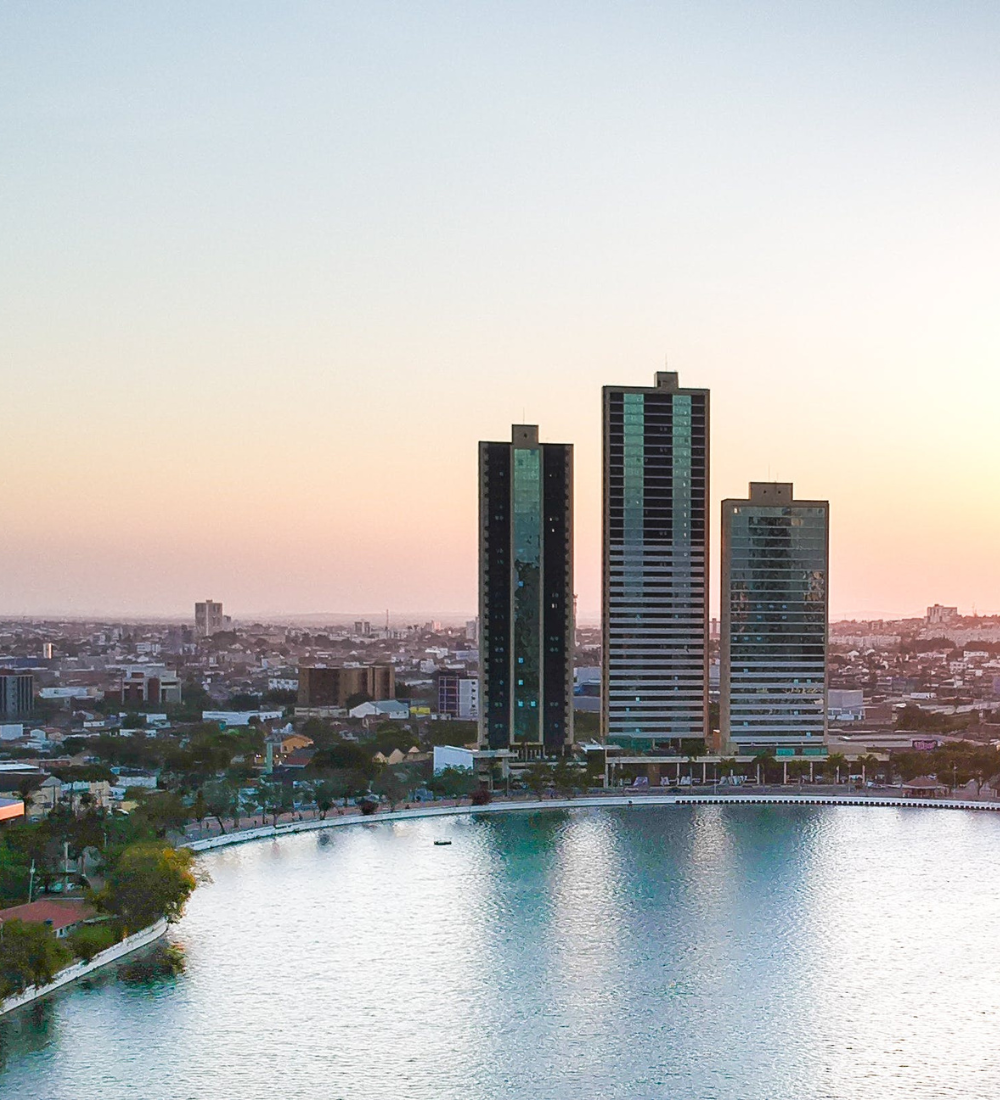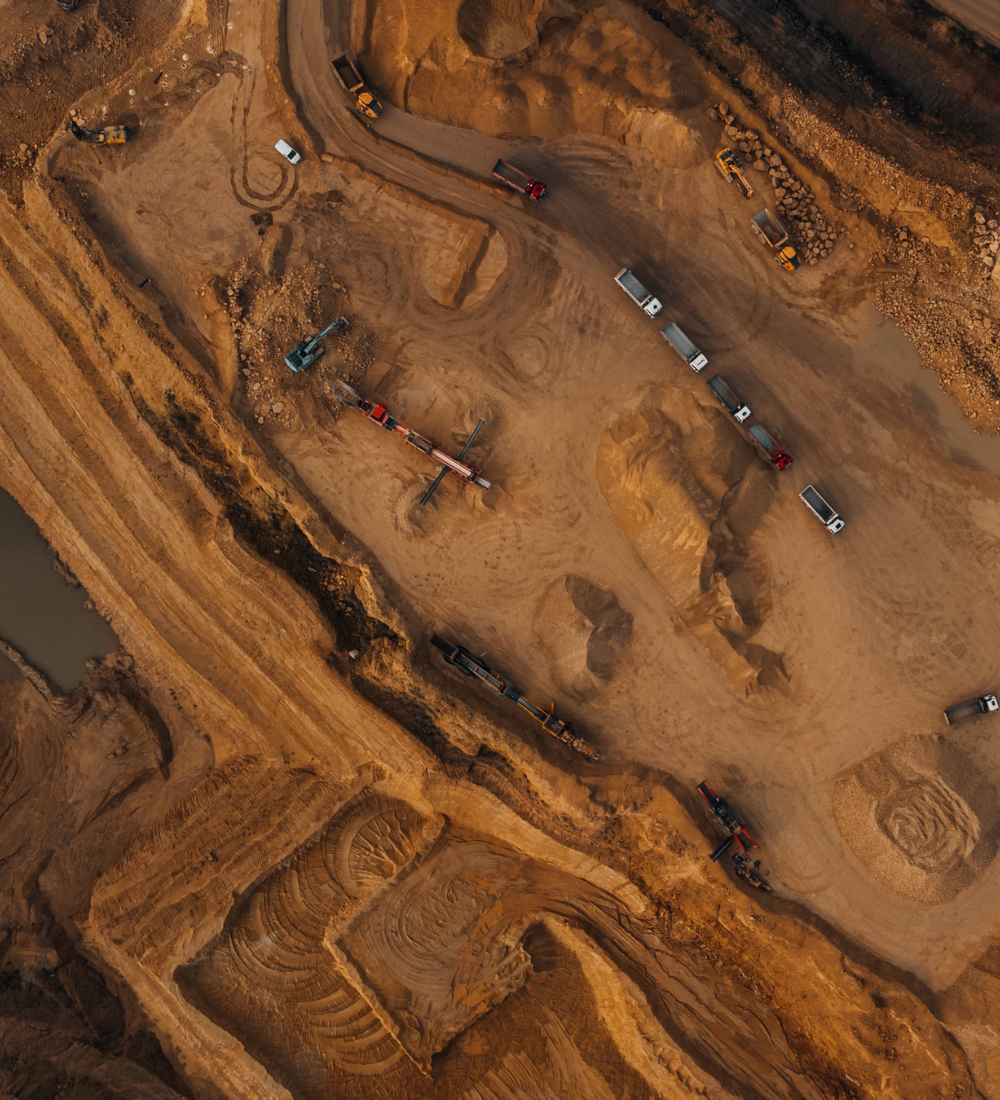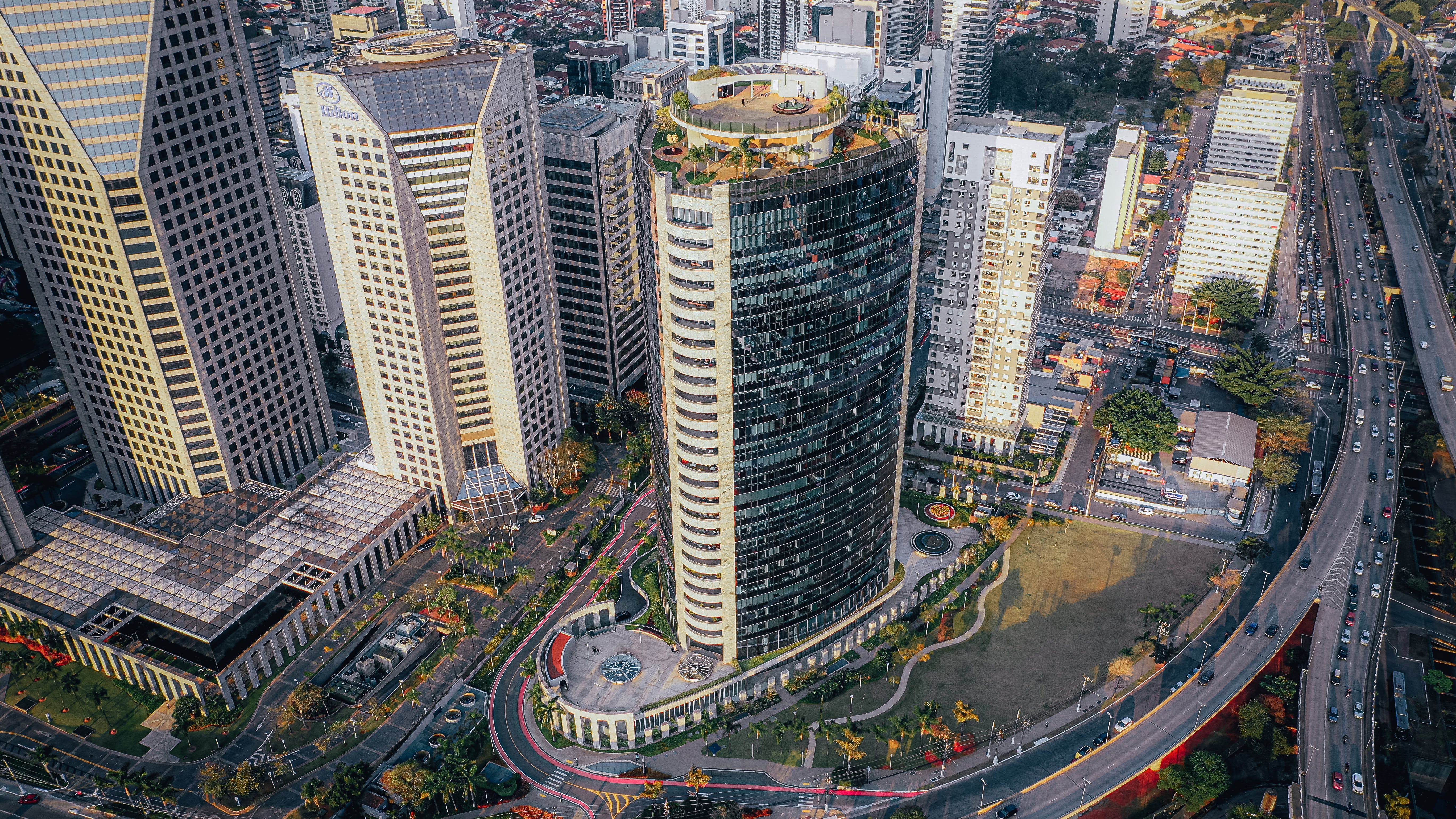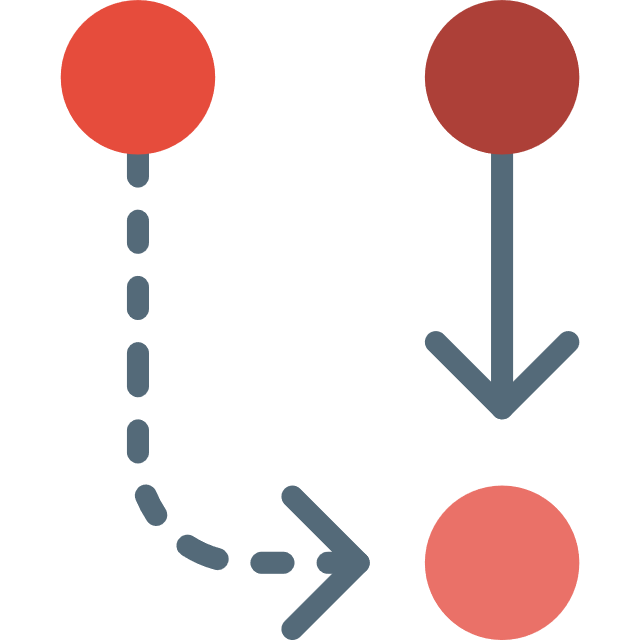Transformative research approach
Point of departure


Main research question
How do Latin American economic groups organise specific circuits of extraction
including urban spaces and reproduce uneven development and dependency?
Research objectives
1. To study the economic logics and underlying spatial processes creating the conditions of wealth accumulation
2. To investigate the agency of key actors in the production of space and wealth, and in the contestation of these processes
3. To provide transparency and accountability on the processes of wealth (re)production in Latin America
Case studies



Matopiba, Brazil
Matopiba is experiencing a sharp increase in agro-industrial activities, and is becoming the main component of wealth production in the region. In this case, the research project studies how food production chains are structured between meat processing companies, soybean supply and landowners, as well as their main spatial strategies at local, regional and international scales.
Antofagasta y Santiago de Chile
While some of Chile's main copper mines are located in the mountains of the Antofagasta region, produced wealth circulates and is deployed in the city of Antofagasta and, especially, in the country's capital, Santiago de Chile. In this case, the research project studies the complex production chain linked to mining, which is related to the construction of ports, desalination plants, transportation, and urban and regional planning, which on a national scale is connected to the financial, real estate and telecommunications sectors.
Yucatan, Mexico
The Yucatan Peninsula has become a paradigm of its insertion into world markets through multiple investments by local, national and international investors, especially in the tourism sector. In this case, the research project studies how tourism financing and investments are linked to the creation of new urban spaces that require different service and transportation infrastructures.




